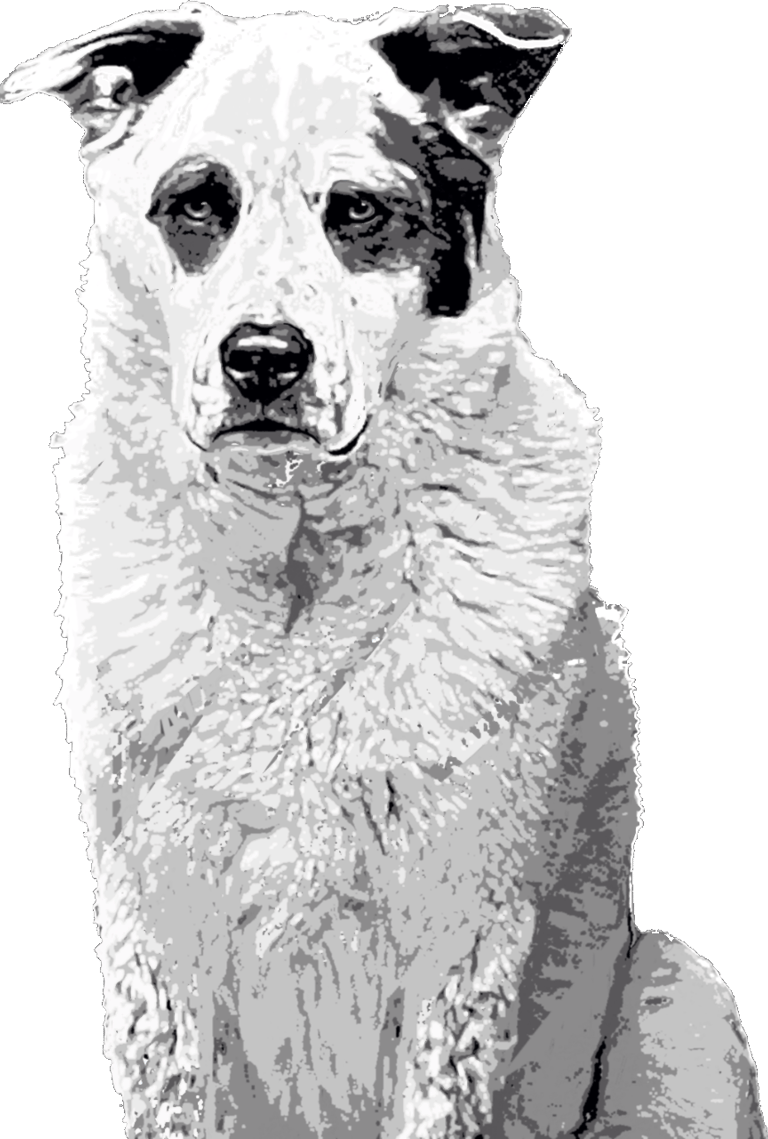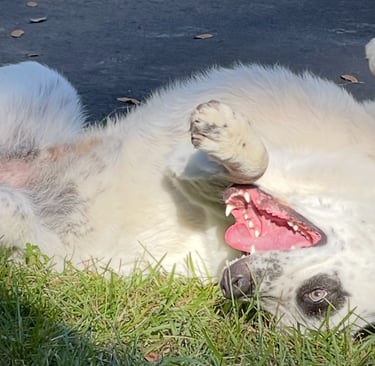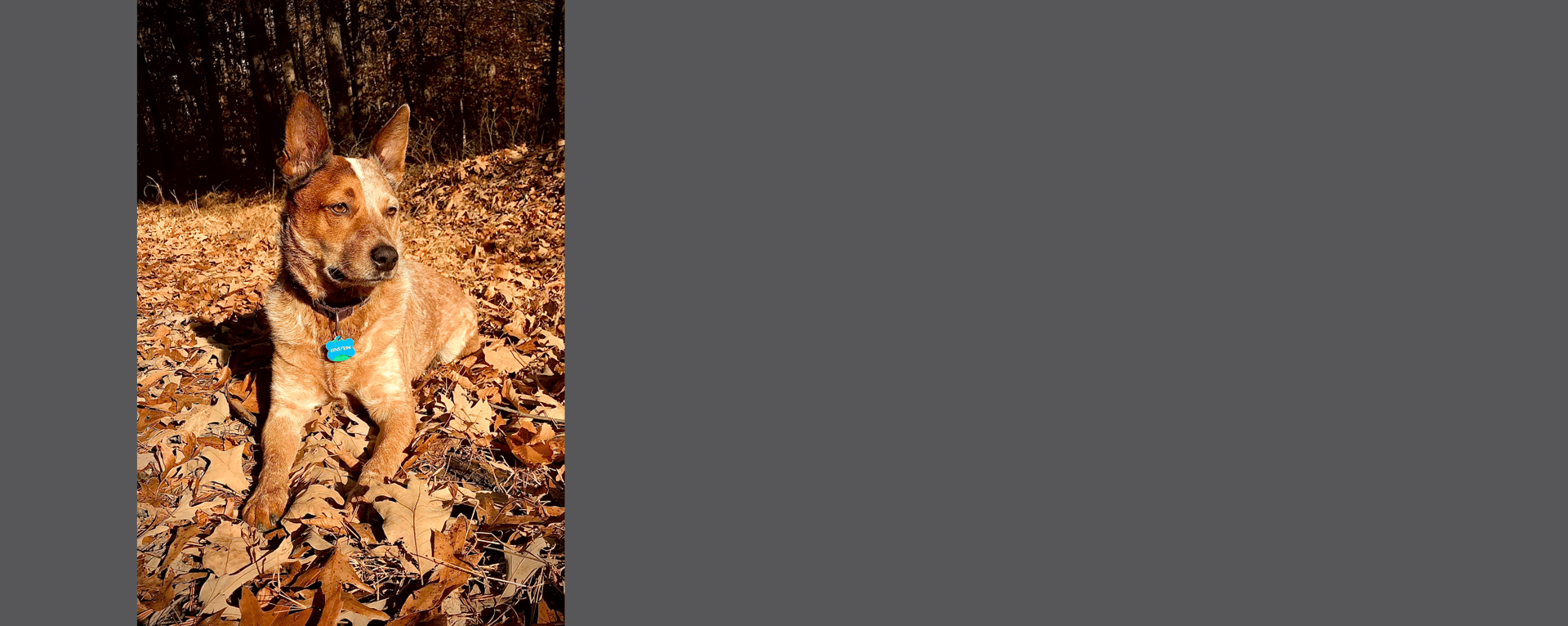How to Choose a Trainer
Choosing the right trainer matters—for safety, for welfare, and for real progress. I recommend starting with a descriptive, observation-driven practitioner: someone who first describes what they see (body language, triggers, patterns) and builds a plan around your dog’s specific context, rather than applying a one-size-fits-all method. For a clear, evidence-based overview of what to look for, the American Veterinary Society of Animal Behavior (AVSAB) has an excellent guide: How to Choose a Trainer (PDF).
Transparency note: I don’t hold a training certification yet—I’m actively working toward it. In the meantime, I want both pet guardians and veterinary teams to feel completely safe and comfortable with whomever they choose. Independent credentials are a great first screen for competence and ethics; look for certifications such as CCPDT (Certification Council for Professional Dog Trainers) and membership/commitments like the Pet Professional Guild (PPG). From there, ask practitioners to explain what they’re observing, why they’re recommending each step, how progress will be measured, and when they would refer to a behavior specialist or veterinary behaviorist. This combination of credentials and thoughtful, descriptive practice is a strong indicator you’re in good hands.


Dog Done It's Favorite Resources
What good training and behavior support looks like:
They start with what’s happening, not what should happen. You’ll hear them narrate what they see—triggers, context, body language, and patterns—before offering any steps.
Behavior is described, not labeled. Instead of “he’s stubborn/dominant,” you’ll hear: “When the door opens, he freezes, then barks as the person approaches.”
Plans are individualized and adjustable. Recommendations change as new observations and data come in; there’s no one-size-fits-all protocol.


Measurable progress. They define what success will look like (frequency, intensity, duration, recovery time) and track it so adjustments are clear.
Welfare and consent are built in. Look for choice points, low-stress handling, decompression, and management that keeps everyone safe while training proceeds.
Comfort with referral. A descriptive practitioner is quick to say when risk, severity, or medical factors call for a specialist or a veterinary behaviorist.
Transparent reasoning. Expect plain-language “because” statements: “I’m seeing lip licks and head turns when the leash is clipped; let’s create space and pair the clip with easy reinforcement.”
Good trainers and behavior consultants take a descriptive, observation-driven approach
Function first. They explore why the behavior occurs (what it achieves for the dog) and change antecedents and consequences accordingly.

Smart questions to ask a prospective trainer/behavior consultant:
What is your experience with my concern—describe the behavior you’re seeing to the prospective trainer.
Which credentials or memberships do you hold (e.g., CCPDT, IAABC, PPG), and how do they inform your practice?
Do you use reward-based methods exclusively? How do you minimize stress and risk?
What are you observing in my dog right now, and why are you recommending this next step?
How will we monitor progress (what data will we track) and how often will we adjust the plan?
Under what circumstances would you refer to a specialist or a veterinary behaviorist?
Do you carry professional liability insurance?
I started my learning journey on my own
It's not the easiest road, nor the most secure and certain one. Especially if you think you are facing a serious behavior problem, find a professional to work with. If that isn't a step you are ready to take but you still want to learn more, here are some resources I highly recommend.
